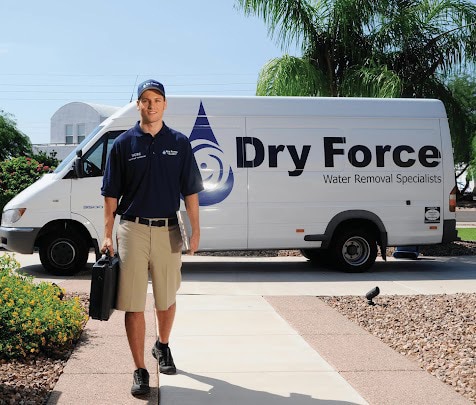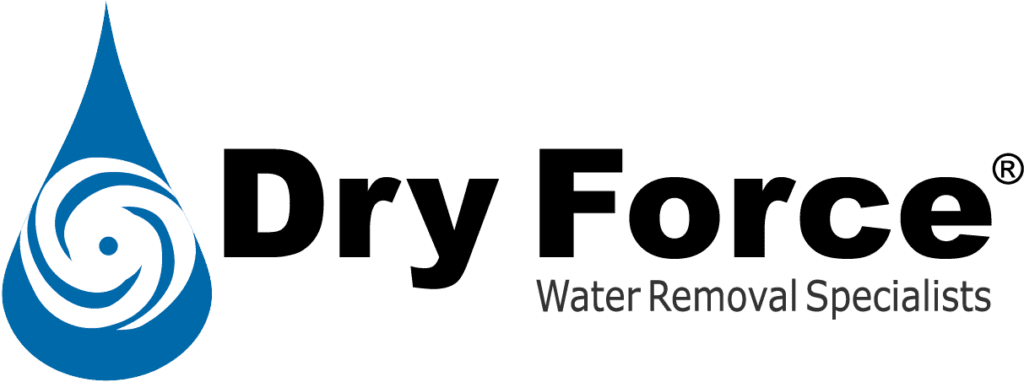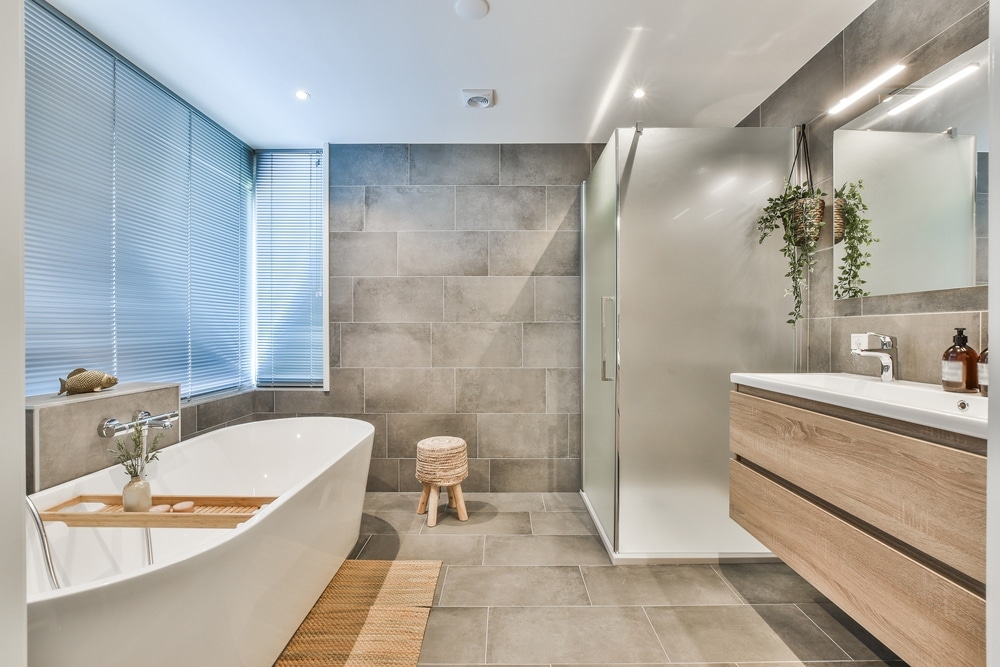
Bathrooms are wet spaces. From the shower to the sink, you use a lot of water in your bathroom and it’s not uncommon for that water to end up in other places. Pipe leaks and overflowing toilets cause major damage if not addressed, so it’s important to take preventive measures and contact a professional. To help you maintain your home, we have created an extensive guide that discusses ways to prevent water damage in your bathroom.
Table of Contents
Ways to Prevent Water Damage in Your Bathroom
Sometimes, water damage is just unavoidable. However, there are a few tips and tricks you should follow to lessen the chances of water damage in your bathroom. Here is how to waterproof your bathroom:
1. Continuously Inspect for Signs of Leaks
Catching leaks early can prevent further water damage. Regularly check for any signs of leaks in your bathroom around your faucet, shower head, toilet, bathtub, and plumbing fixtures. Periodically take a peek under your sink or vanity to ensure no signs of P-trap leaks. Additionally, keep an eye out for water stains near walls and ceilings, peeling paint, or warped baseboards in your bathroom.
2. Repair or Replace Cracked, Missing, and Broken Tiles
Cracked or missing tiles allow water to seep behind shower walls and bathroom floors. When water seeps underneath your tiles, it stays there. All that moisture trapped beneath your bathroom floor can lead to issues like mold and worsened tile damage, costing you more than anticipated. Make sure you repair or replace broken tiles before excess moisture turns into a mold problem.
3. Test Your Valves
Test and check the valves near your sink, shower, and toilet for water damage. If you spot wetness or a leak, you can quickly turn off the water supply to that specific fixture. Ensure your shower head and fixtures are tightly fastened in place.
Test your water valves regularly and make sure they are fastened tight. Remember to check for any signs of leaks like moisture or stains. If you notice any stains around your valves, you probably have a small leak on your hands.
4. Upgrade Bathroom Fixtures
Bathroom fixtures don’t last forever. Prevent leaks by upgrading your toilet, shower, and sink fixtures such as faucets and showerheads. Consider replacing them with newer, more efficient models that can help prevent water damage and save you money on your water bill. This will help decrease your water consumption and give your bathroom a fresh, new look.
Read More: Does My Bathtub Have a Crack or Water Leak?
5. Address a Slow Draining Sink
A slow-draining sink can indicate a clog. If left unattended, it can lead to potential water damage. Use drain-safe cleaners like vinegar and baking soda or call a professional plumber.
6. Turn on Your Exhaust Fan
Proper ventilation is important in preventing moisture buildup. Turn on your exhaust fan and leave it on for some time to remove excess humidity—especially if you don’t have bathroom windows.
7. Use Bathmats
Got a spouse or roommate who has a habit of sloshing water all over the floor? A simple bath mat or two can help reduce the amount of water buildup outside of your tub or shower.
Getting out of the bath or shower can be messy. Place bathmats near the shower or bathtub to catch any excess water and prevent water damage in your bathroom. Remember to wash and dry the mats regularly to avoid mold growth.

3 Categories of Water
Did you know that water comes in categories? At Dry Force, we tailor our approach to water mitigation and extraction depending on the type of water that caused the damage.
Category 1: Clear Water
This refers to sanitary water that comes from clean sources such as a broken water supply line or a leaking faucet in your bathroom. While it may not pose an immediate health risk, the issue can quickly turn into a more severe category of water damage.
Category 2: Gray Water
Gray water contains contaminants that may cause illness. It is polluted with contaminants that can cause skin irritation and other health issues. This type of water can come from toilet bowls, dishwashers, washing machines, and showers. Gray water can cause damage to the flooring or walls in your bathroom and requires immediate attention from a professional.
Read More: What Are the Most Common Causes of Water Damage to Asphalt Shingles?
Category 3: Black Water
Black water is highly contaminated and can cause severe illness if consumed. This type of water typically contains raw sewage, heavy metals, and other harmful substances. If you encounter water damage to the walls or flooring in your bathroom due to black water, you will need to call a professional to prevent structural problems in your home and health issues.
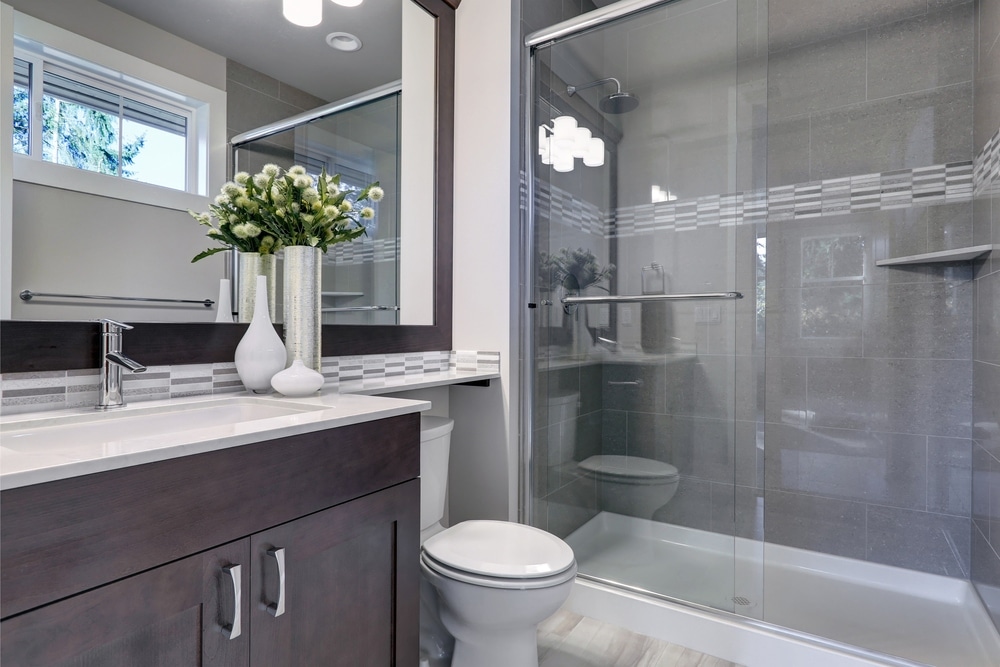
6 Signs of Bathroom Water Damage
More often than not, you can spot water damage without the presence of water. You might have water damage if you notice the following signs:
1. Smell Musty Odors
If you notice a musty or damp odor in your bathroom, it could be a sign of hidden water damage within your walls. Mold and mildew thrive in warm, damp environments and can cause health issues if left untreated.
2. Notice Damaged Grout and Caulk
Grout and caulk can weaken with age. If your grout or caulk’s sealant is not what it used to be, water will seep past the barrier and prompt mold growth.
3. Step on Loose Tiles
Spongy or loose tiles are a telltale sign of bathroom floor water damage. When water gets under your floor, it will cause your tiles to loosen and become unstable. Water can also deteriorate your subflooring.
4. Mold and Mildew Growth
Keep an eye out for any mold spores on the walls, ceilings, or bathroom fixtures. Mold not only indicates water damage but can also cause health risks.
5. Damaged Walls
Sagging walls are not normal and peeling wallpaper, bubbling paint, or warped areas are signs of water damage in your bathroom. Check for any discoloration or soft spots or contact a professional if you need help with a drywall water restoration project.
6. Cracked or Stained Floors
A substantial amount of water can cause your bathroom floors to crack, buckle, or develop stains. If you notice any unusual changes in your flooring, especially accompanied by strange smells, it’s time to hire a professional plumber.
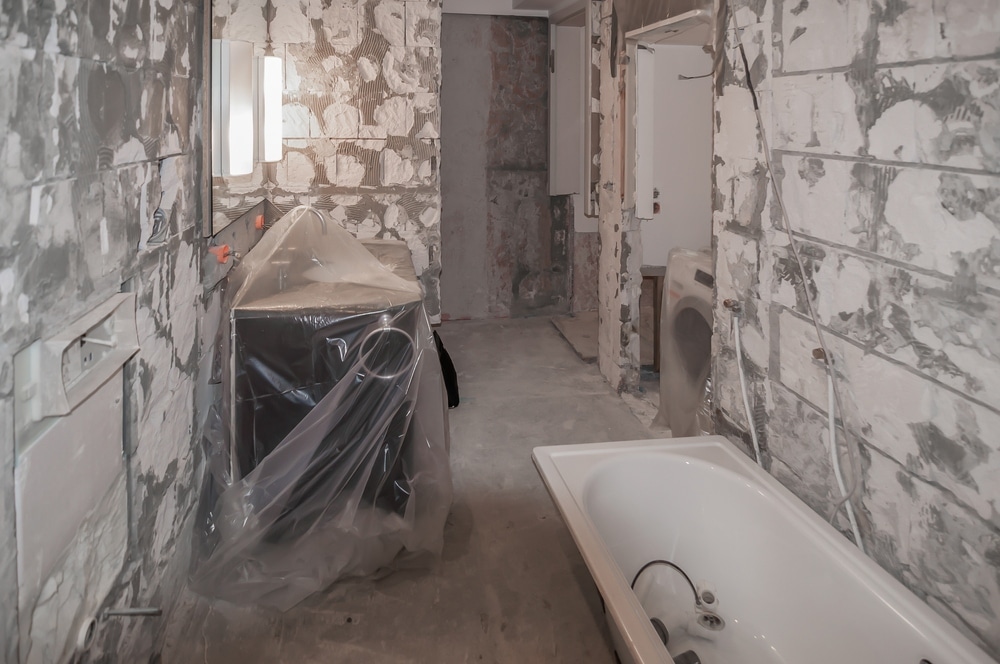
Top Causes of Bathroom Water Damage
Bathrooms without proper ventilation are more susceptible to water damage. This is because the steam will cling to flat surfaces including your walls, ceiling, and flooring. The excess moisture can create the ideal environment for mold to grow.
Another common cause of bathroom water damage is a leaking or burst pipe. Burst pipes can cause a large amount of water damage in a short period. If you have just witnessed a pipe burst, shut off your water supply and contact a professional for support.
Water Damage and Health Concerns
It’s not advised to wait when faced with water damage. This is because clear water can turn into gray or black water if left alone for too long.
Any amount of standing water can cause substantial damage—but leaving it alone poses serious health risks. Water damage can cause issues like respiratory problems, strep throat, and insect-related illnesses.
Yes, insects can make you sick. Standing water usually attracts bugs like cockroaches and mosquitoes, which love to breed in warm, wet environments—so not only are you dealing with an illness, but an infestation.
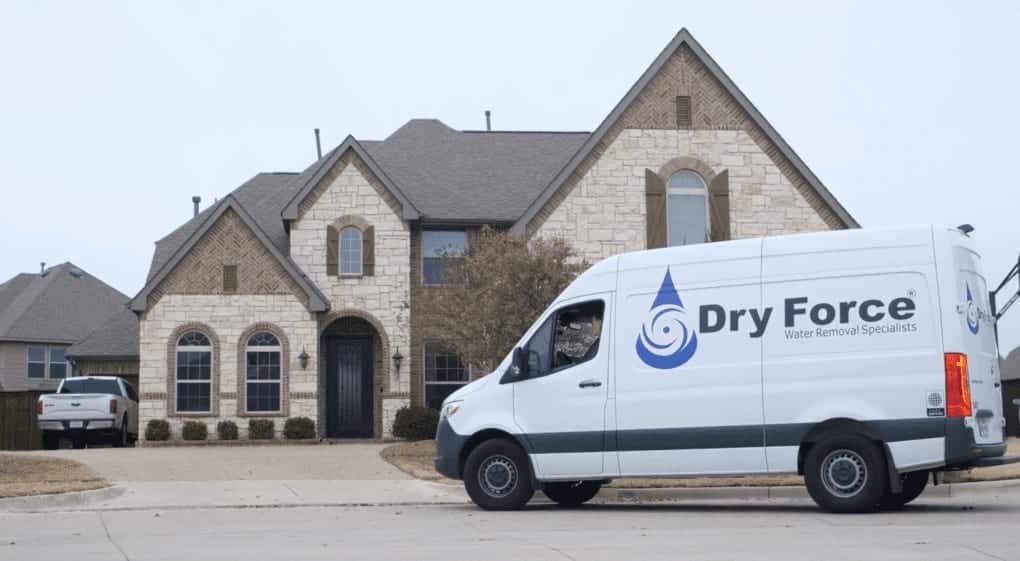
Water Damage Restoration and Mitigation Services
Once water has damaged your bathroom, it’s a race against the clock. Luckily, the team of technicians at Dry Force offer comprehensive bathroom water damage restoration services in Kyle, TX and other areas. Our professionals offer exceptional water mitigation, water extraction, and restoration services to restore your bathroom back to its pre-loss condition.
If you are dealing with any amount of water damage in your bathroom, schedule a service with Dry Force and let the experts take care of your restoration needs. If you need assistance with moisture damage, give our team a call by phone at (877) 589-7504 to book an appointment. Don’t wait until the damage worsens—act now to protect your home and your health.
Industry Expertise You Can Trust
Uncovering water damage in your bathroom is not something you expect to find. However, many homeowners and business owners find themselves in the middle of a water disaster without a plan set in place. If you think you have bathroom water damage, pick up the phone and call our team for assistance.
We are the preferred water damage removal company that specializes at providing restoration solutions in Austin, TX and other areas. We have over 20 years of experience in the water restoration industry.
The technicians at Dry Force work around the clock to meet your needs—no matter what time or day it is. With fast dispatch and a wealth of knowledge under our belts, you can count on our team to turn your chaos into calm. Call now and we will be on your property in 60 minutes or less.
